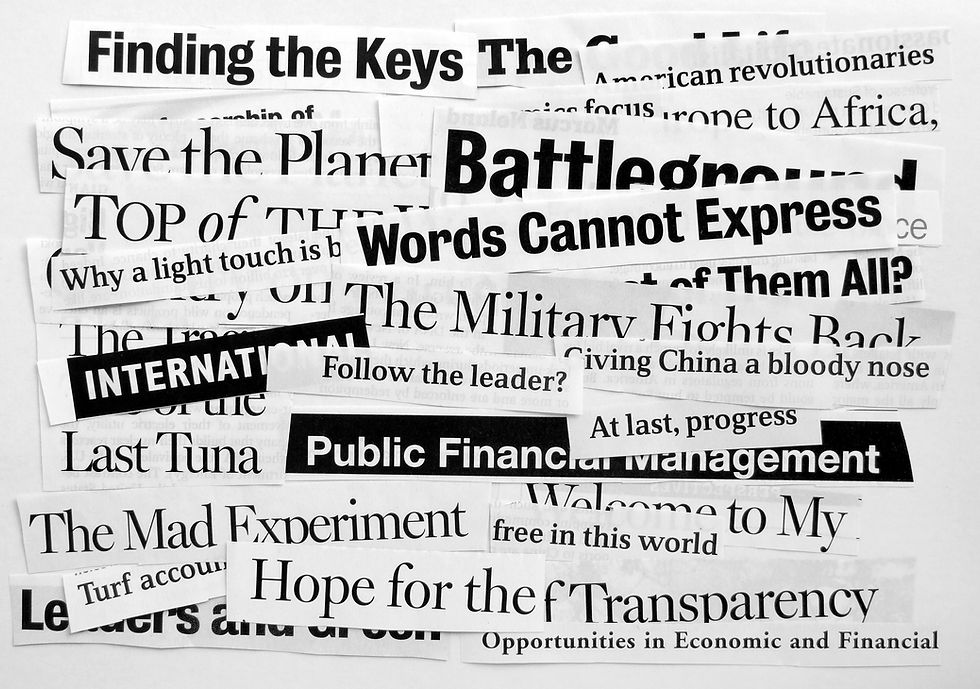How Do Journalists Write Their Headlines?
- Alastair Greener

- Dec 1, 2020
- 2 min read

The headline is the teaser that provokes or inspires your audience. Journalists only write their headline once they have laboriously re-written many drafts, as they need to mature their ideas to harvest the gist of them.
David Ogilvy often referred to as the father of advertising, summed up the importance of a headline:

This is the same for presentations whether there are online or in person. I never suggest learning a script, but I do suggest learning the first and last sentence. It’s like the first and last impression, so vital that they are impactful and memorable.
Yes, people may continue to watch your presentation but if you don’t grab their attention in those vital first few seconds your message may be lost and with it, your opportunity to fully engage with your audience.
So how do you grab people’s attention with a brilliant headline? From the methods that give you an intriguing headline here’s one: move your conclusion to the front.
When we speak, the natural way most of us think is to share our thoughts and then end with the conclusion. This isn’t very engaging and our audience doesn’t know where the conversation is going. It may be counterintuitive, but putting the conclusion first, followed by the detail, will be a lot more engaging and usually, you’ll be a lot more concise and on point.
I’ve been an interviewer at Business Reporter for over seven years and have learned a huge amount about journalism from our executive producer and creative director Andras Rac.

When we offer clients dialogue coaching to help them prepare for the interviews, Andras advocates putting the conclusion at the top. This grabs the viewer’s attention and usually makes the answer shorter. The interview becomes a lot more interesting, and that’s particularly important right now with people’s attention span reducing all the time.
In a presentation, for example, you may have three parts to your point. In this case, list them as headlines first and then share the details of each point afterwards. That way the audience knows what to expect and you (and your audience) have a clear road map of what’s coming.
The conclusion measures the maturity of the idea you want to share. If it’s difficult to come up with a clear concise conclusion then the message you are conveying needs more work to give it clarity.
The next time you create a headline, think about the conclusion of your message, and you’ll have a greater chance to capture and keep people’s attention.




Comments